The rum category has exploded over the last couple of years… and it’s about time. It feels like we’ve been talking about rum taking over from gin as the next big thing for ages. We’d almost thought we were straight into tequila ruling the roost before rum even got its time in the sun.
But fear not, according to the UK Rum Category Report from Campari Group UK, the UK is forecast to be the third largest rum market in the world through 2022.
This, of course, has not been driven by people ordering a few more rum-and-cokes. In fact, the influx of new, exciting rum’s hitting our shelves has been keen to brush off the old connections to pirates, parrots and peg-legs.
The two major drivers in the category have essentially, kind of split it down the middle.
- Premiumisation: pure rums, hailing from single estates and increasingly focussed on the ageing process and age statements to gain credibility. It’s a tough ask without any of the same rituals or rules connected with whisky, but like gin before it, brands are increasingly successful in this space
- Spiced and flavoured rums: often seeking to bring younger, new audiences into the category, there has been a boom in different botanical and fruit flavours
As the category becomes busier and more fragmented, we thought we’d break down what’s happening in the category from a flavour perspective, what we think is coming next and how this will affect branding.
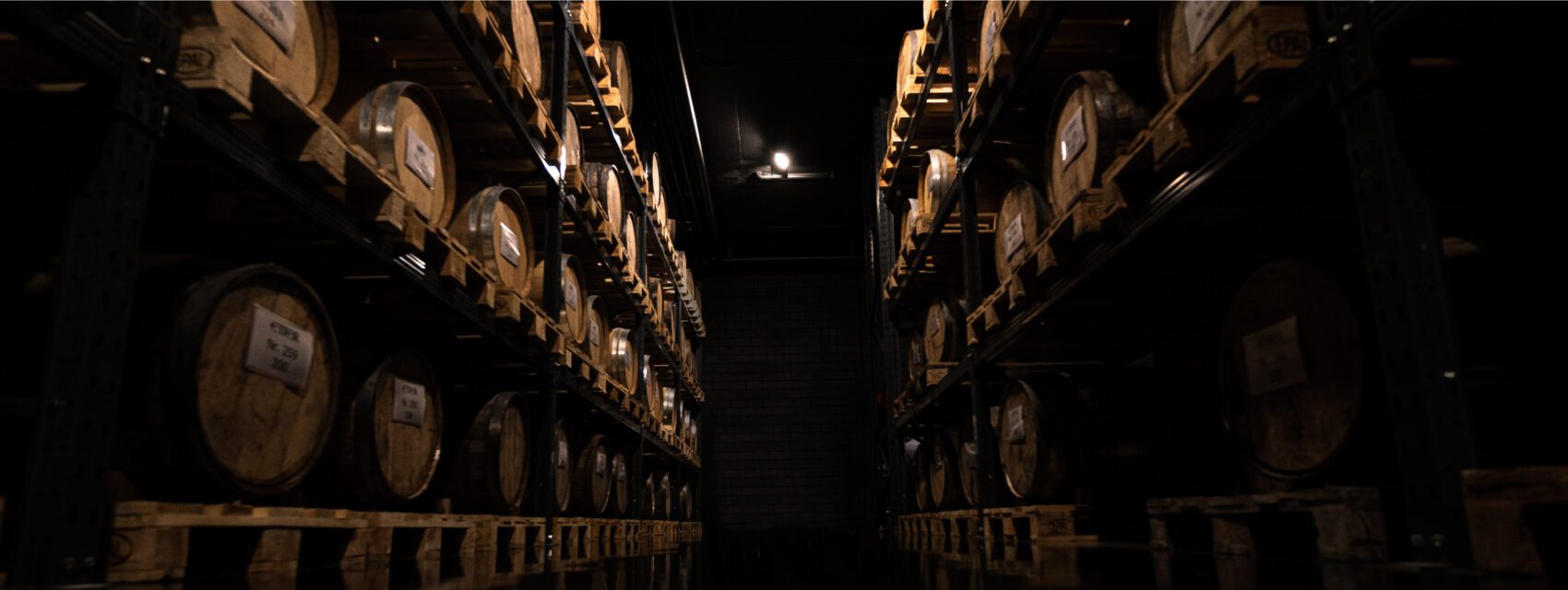
Now:
Spice up your life: spiced rum has been around since the 1980s, with a handful of brands dominating the market. We’re now seeing a wave of spiced rums being launched, matching traditional rum spices like allspice, cinnamon and clove, with more complex fruit and botanicals. Our client, 8Track is a great example, as they bring Seville orange flavours into vanilla and clove spices.
Unsurprisingly, many of the brands in this space, visually play on the laid back Caribbean vibes spiced rum is linked with. Approachable, energetic and moving away from tighter seafaring traditions.
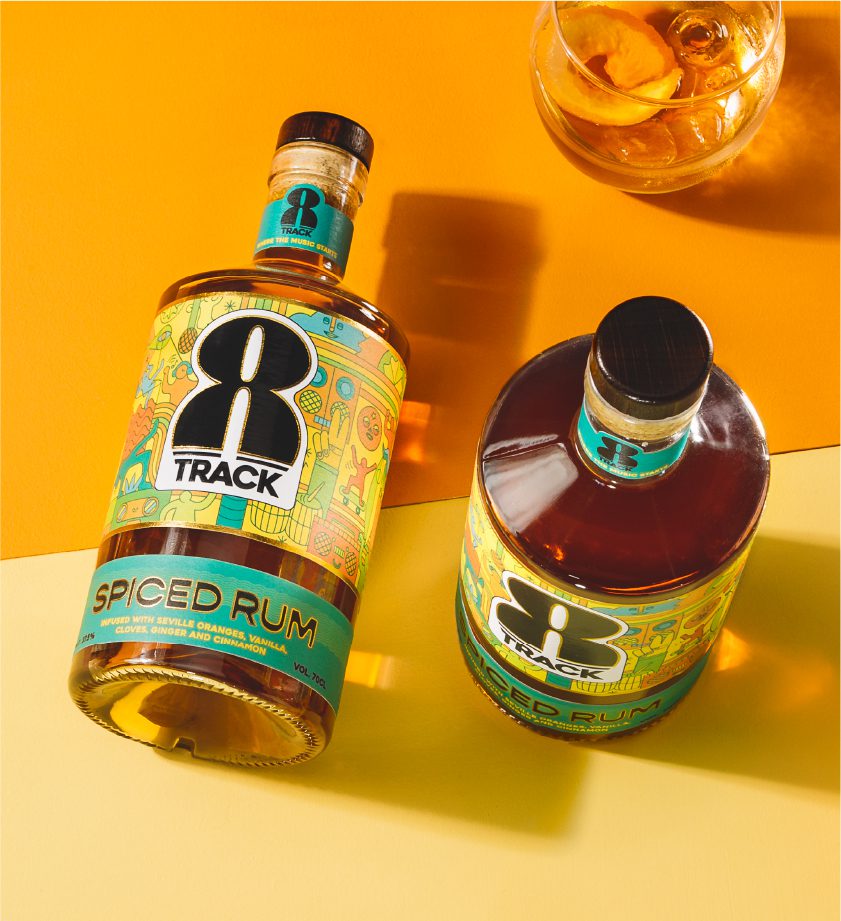
Botanical bling: with one eye on the success of gin, producers like Market Row and Buck & Birch showcase imported ingredients like Kenyan black tea or roasted wattle seed alongside traditional spices.
Interestingly, rather than put the ‘botanical’ elements front and centre of the brand world, which we often see in the world of gin, these rums tend to focus on ‘artisanal craft’. Handwritten fonts, textured papers and simple line drawings deliver a sense of small-batch expertise. In a newer category without the same levels of consumer understanding as gin or whisky, this broader ‘category positioning approach makes a lot of sense.
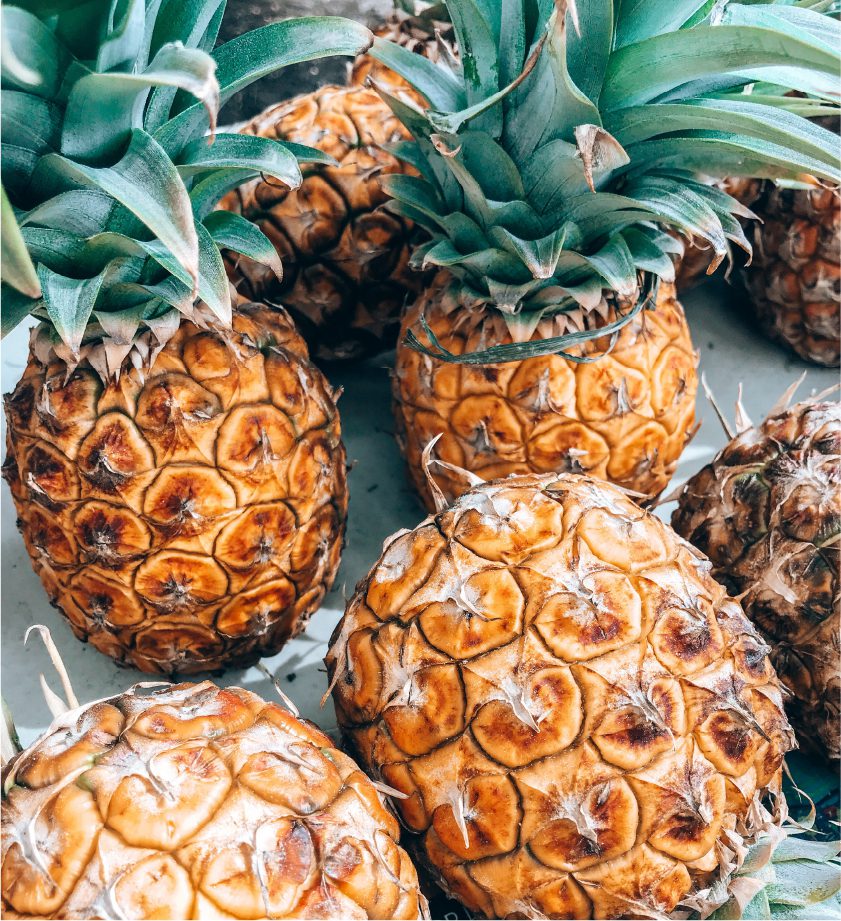
Tropical twist: flavours like coconut, watermelon, passion fruit, banana and pineapple are becoming more common, with legacy brands like Malibu often looking for simple ways to extend their existing flavours
Citrus kick: often used in a supporting role with more tropical flavours above, lime is the most obvious rum accompaniment, but also grapefruit and orange peel
Colour palette plays a significant role for the brands building ‘tropical’ and ‘citrus’ variations; either legacy brands looking to differentiate new flavours from core products or newer brands seeking to deliver a ‘tasty’ look
Next:
Summer fruits: currently tiny when compared with where vodka and gin have taken red fruit flavours to, but as consumer interest in rum grows, approachable and accessible summer fruit flavours, as used by Firebox rum, are likely to become more popular
Apple a day: even smaller than red fruits, but interestingly two of the bigger players in the category (Captain Morgan and Sailor Jerry) have opted for apple alongside traditional spices, probably with an eye on an autumn, mulled cider vibe.
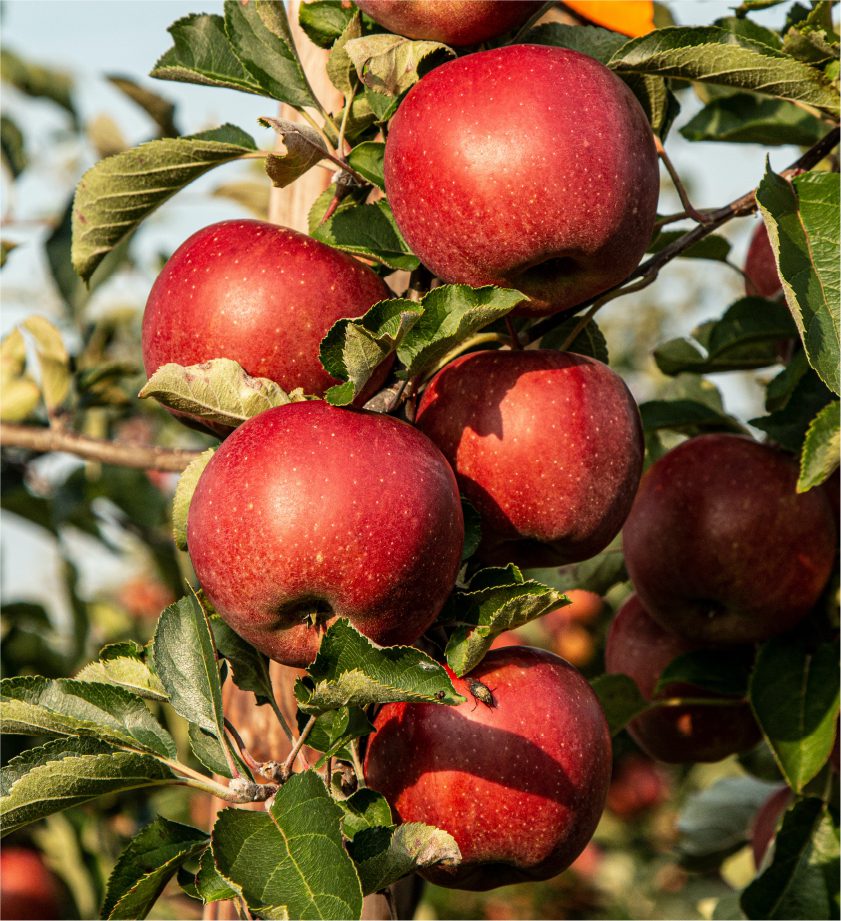
Visual representations of fruits play an important part of the brand worlds for summer fruit and apple variations, albeit in different ways. Brands with existing strong brand assets, like Captain Morgan and Sailor Jerry, look to combine new ‘apple’ visuals alongside, or, interacting with existing assets. Newer brands carry more freedom, but still pull on more heritage/artisanal illustrative routes to express a more premium visual look
Seaside sippin’: despite shaking off the pirate theme, rum obviously still has links with the sea via its connection to the navy. A few producers have taken that link forward with saline ingredients like sea salt and seaweed, but we can expect this to grow
Brands are split in how they visually represent these new flavours. There are strong, albeit more modern, expressions of the older ‘sea-based’ cues alongside serif, more traditional fonts. Or, brands a creating more abstract worlds, where the sense of ‘sea’ is hinted at with interesting shapes and colours
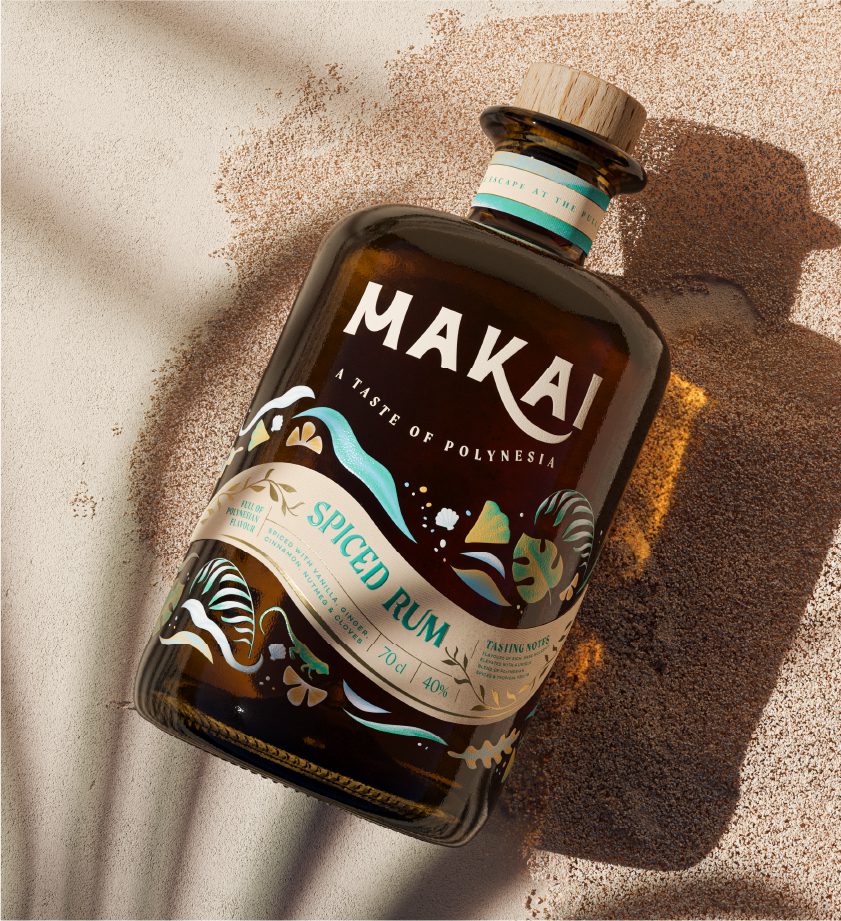
Tea break: coffee has been around for quite a while as a flavouring, but tea has emerged across other categories in recent years and offers a grown-up, interesting but familiar flavour. Expect black tea, earl grey, oolong and green-tea all to make an appearance
Taste tourism: different flavours have the power to transport us to different moments and places, reminding us of holidays or celebrations. Our branding of KBE’s new rum, Makai, is built around this idea, as different flavours used have been inspired by specific geographies and locations, in this instance Polynesia. Expect more brands to connect places and provenance to their flavour stories to be distinct and more premium
The brand world we created connected jungle and ocean; wildlife-inspired illustrations and the bright, positive green, blue and yellow colour palette giving a sense of provenance. The screenprinted bottle adds another point of difference and stand-out off the back-bar. Approachable, premium, but with a sense of escapism.
Despite the explosion of new entrants into the category, rum’s versatility means there is still a huge opportunity. Rum has yet to take full advantage of the growing cocktail movement in the UK, with rum featuring in the top 20 cocktails across the on-trade. These could all be tailored to work with new flavour expressions to create new trends and consumer followers.
The continued premiumisation of the market, seemingly limitless flavour options and a significant number of consumers still looking to be educated on the category, means vast potential still exists.
Get in touch if you’d like to find out more about further insights into the rum category, or to chat about our expertise across any other drinks category.
– Kieron Weedon, Strategy Director at Kingdom & Sparrow.
RUMS TO WATCH
Our newly released portfolio on our strategy and design work with KBE Drinks to create branding for their Polynesian inspired spiced rum MAKAI is a first stop to take a look at an example of the exciting direction rum drinkers are starting to head.